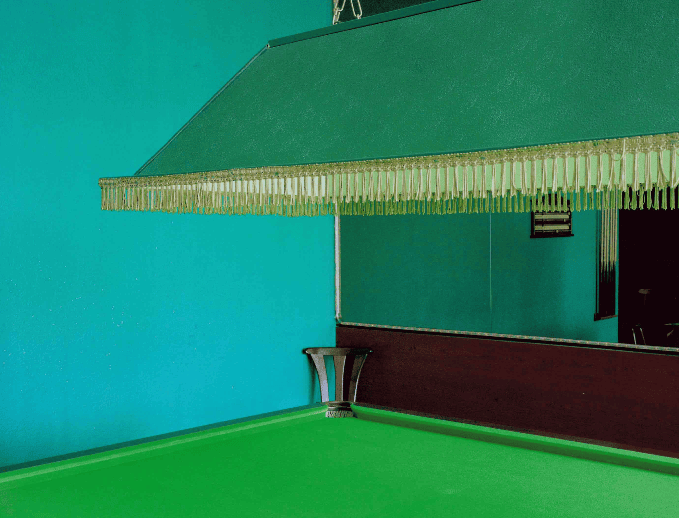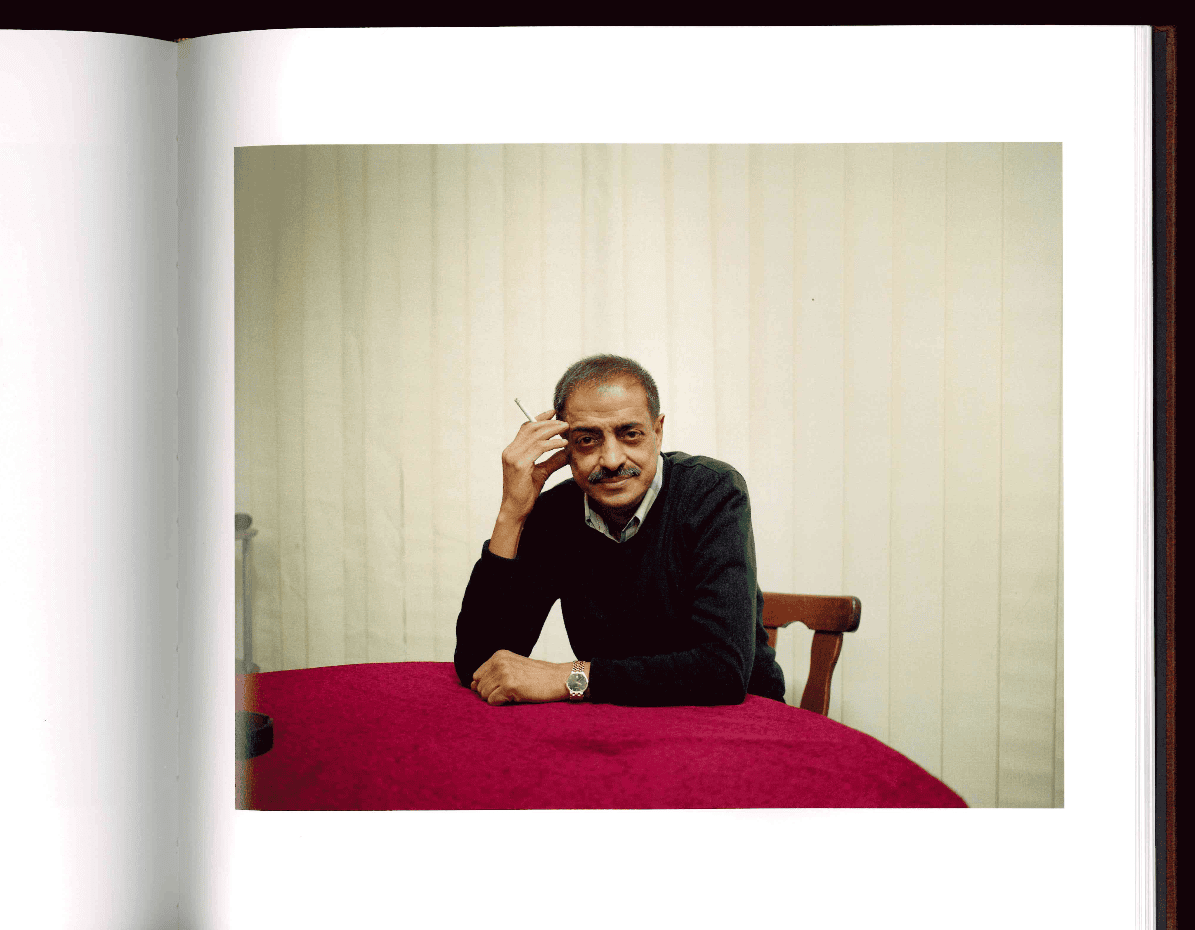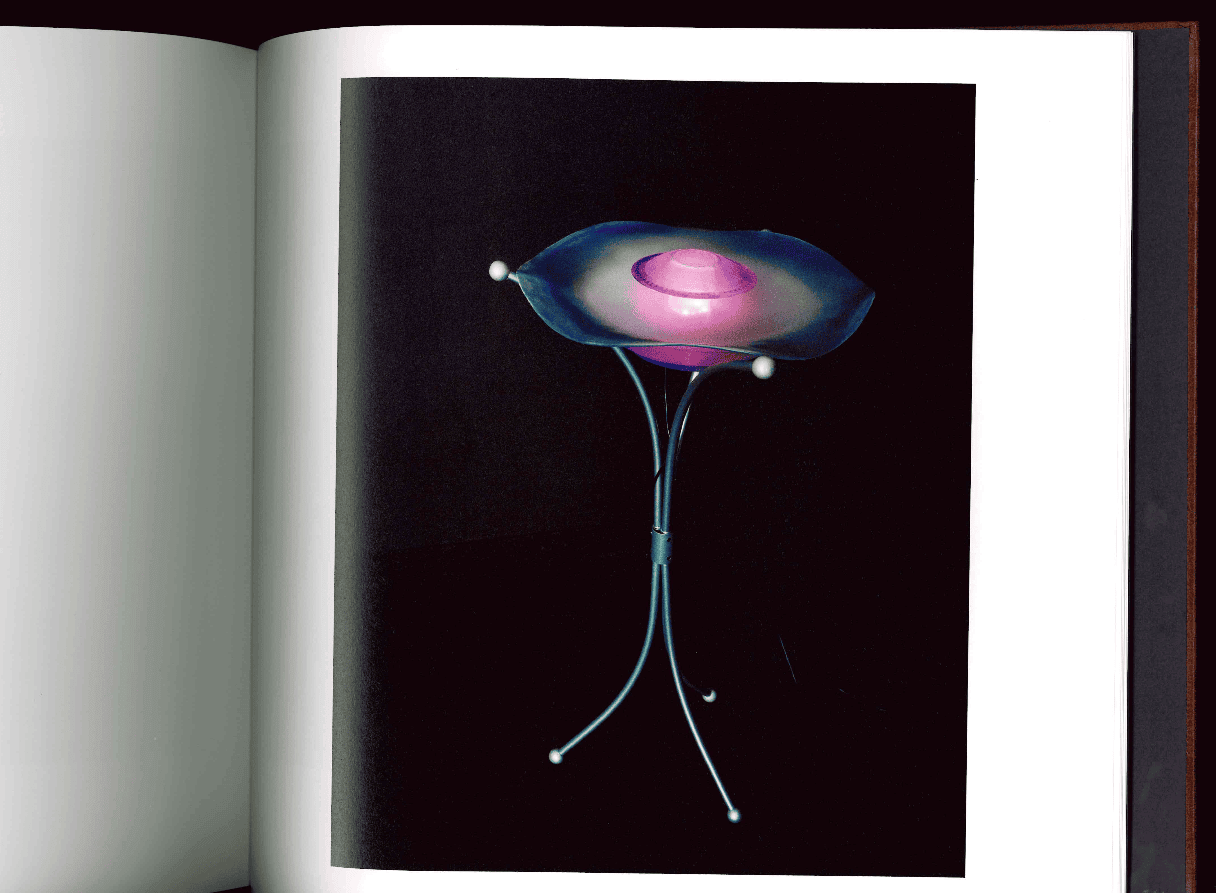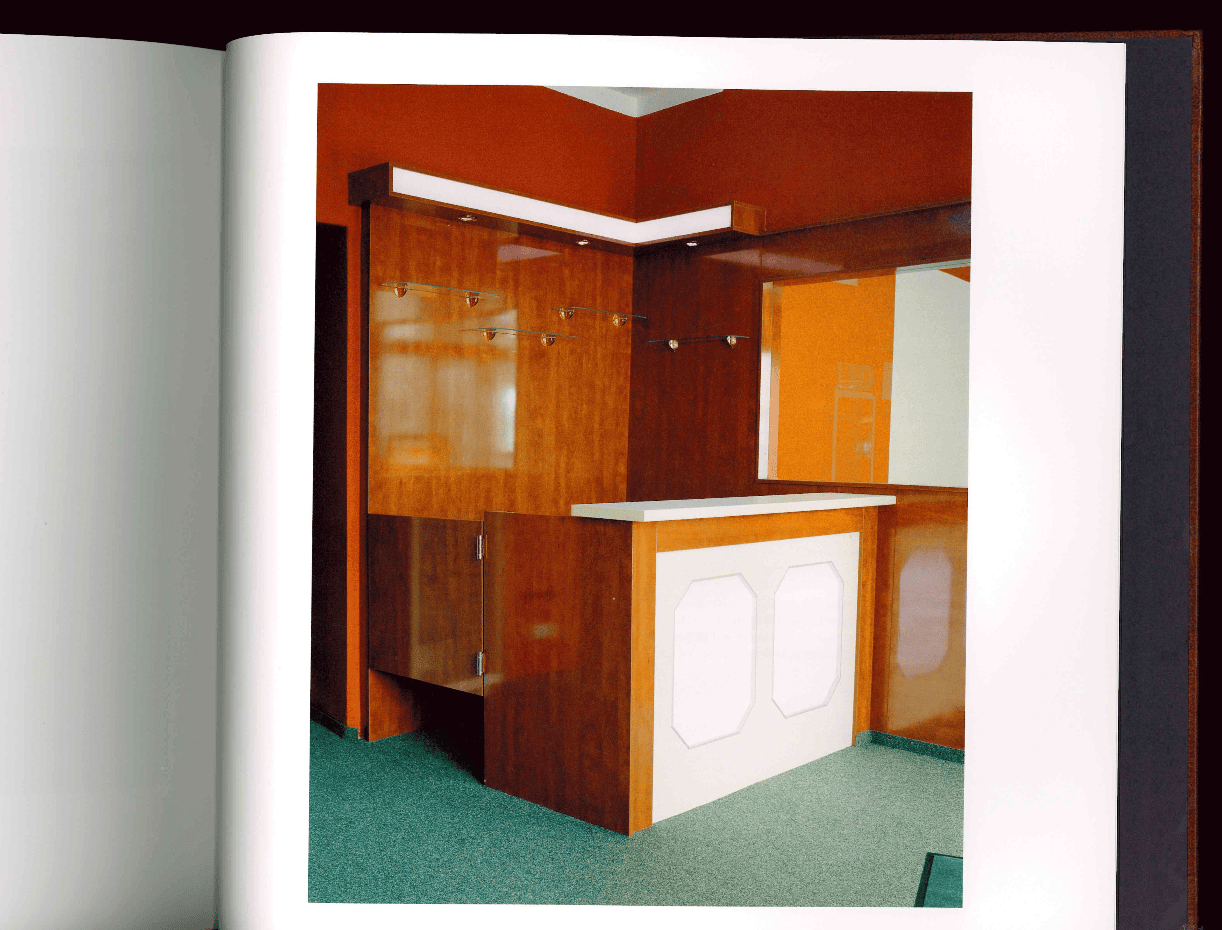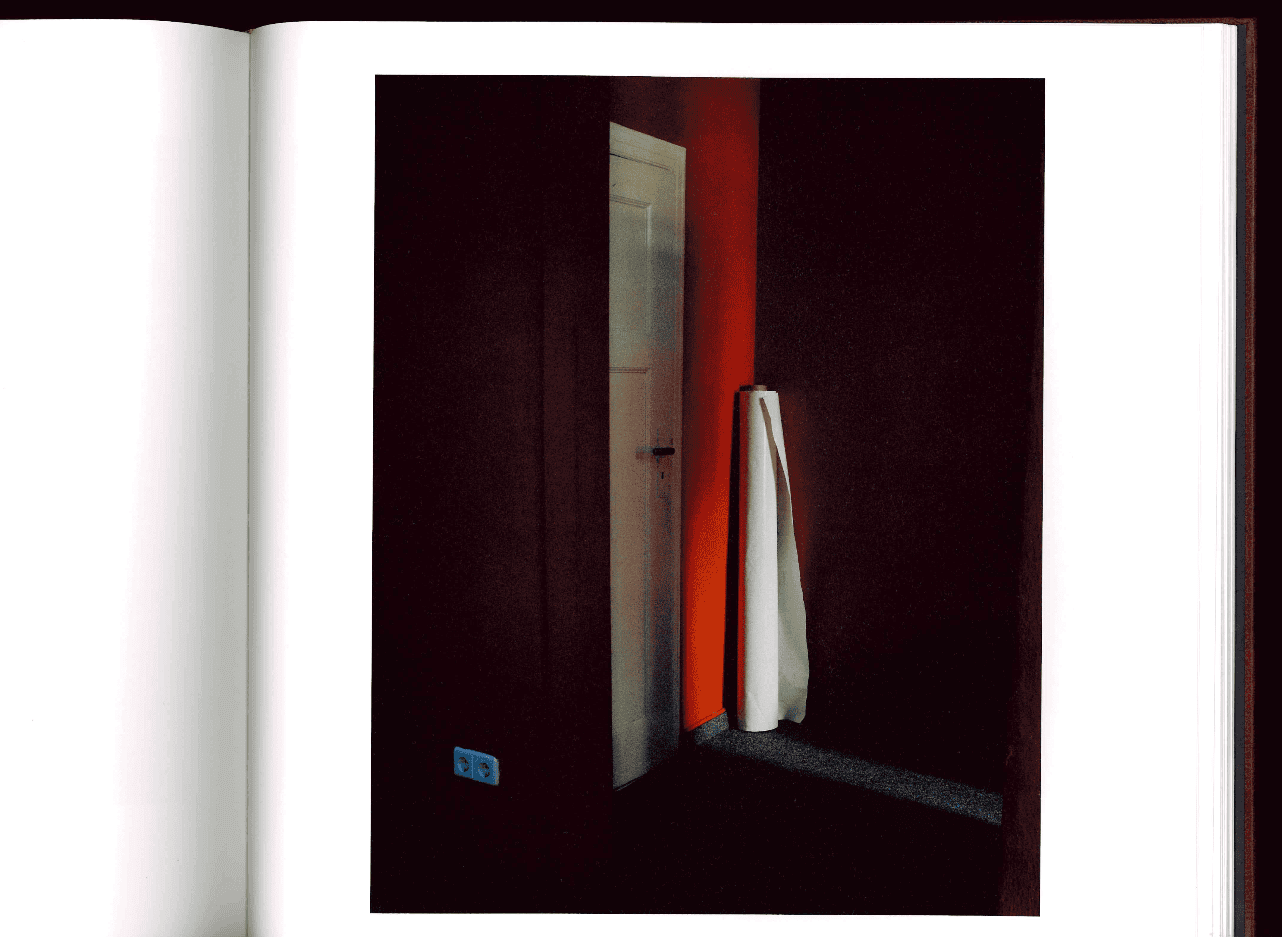The sharpness of Anne Lass’ Triple Seven is palpable even before opening the book. The textured leather-like brown evokes the feeling of a typical gambling den and, by extension, their almost abstract appearance. A tipped-in picture on the front showing the interior of a gambling den offers a sharp and focused view that doesn’t leave room for imaginative gateways. Indeed, taking a break from (or starting) our journey into the city where this story takes place feels culturally embedded with clear features in each person’s mind: Berlin. Similar shots of the den’s interiors open the book, perhaps to make us reflect on how familiar or unfamiliar we are with such places. Gambling halls have been Lass’ fascination since 2007 when she moved to Berlin.
Out of curiosity and a peculiar anthropological drive, Lass’ Triple Seven focuses on a handful of small casinos in Berlin’s most disadvantaged neighborhoods that represent the effects of legislation that came into effect a few years ago. This legislation led to the closure of many gaming establishments, with over 80% of them having already disappeared, as depicted in this work. This dynamic selection underscores the disappearance of the gambling landscape while providing a sense of its current state. The photo storyline, edited by Stinus Duch at Disko Bay, has been calibrated to draw our attention to the meditative quality of Lass’ images, starting with the book’s large size, which gives the scenes an appropriate presence.
Triple Seven concentrates on a few subjects that represent “distant galaxies, exotic islands, and futuristic scenery,” as described by Nela Eggenberger in the book’s preface. The dynamic, 80s-like patinated selection is occasionally populated by isolated individuals, emphasizing the anachronistic feel of German gambling culture. The fact that the new regulation ultimately led to the implementation of one of the strictest gambling hall laws in Germany, due to problematic gambling behavior among Berlin’s inhabitants, highlights the sociocultural significance of Lass’ project. Its inclusion in the book allows us to imagine the lives of those who frequented the Berlin gambling halls documented since 2011, which no longer exist.
Lynchian aesthetic language confers Lass’ photobook a cinematic feel that almost abstracts the narrative to a fictional level reminiscent of lucid dreams-like narratives and Lynch’s absurd stories and characters. Mysterious and dim, the back rooms depicted compose a story of nostalgia and theatrical plays of true human comedies. A world seemingly forgotten, the Berlin gambling halls system lives in Lass’ work, where the lure of hazard shines bright in the dimness and restless lush.
Anne Lass (b. 1978) is an acclaimed Danish-German photographer living and working on the island of Bornholm. Her richly descriptive, medium-format color photographs present an eclectic mix of places, objects or individuals rooted in a quiet still-life tradition merging documentary form and poetic tenderness. Lass holds a diploma in Documentary Photography from Folkwang Hochschule der Künste and has had multiple solo and group exhibitions in Europe and the USA. Her works are included in the collections of the Museum of Avantgarde, Danish Arts Foundation, and C/O Berlin.
